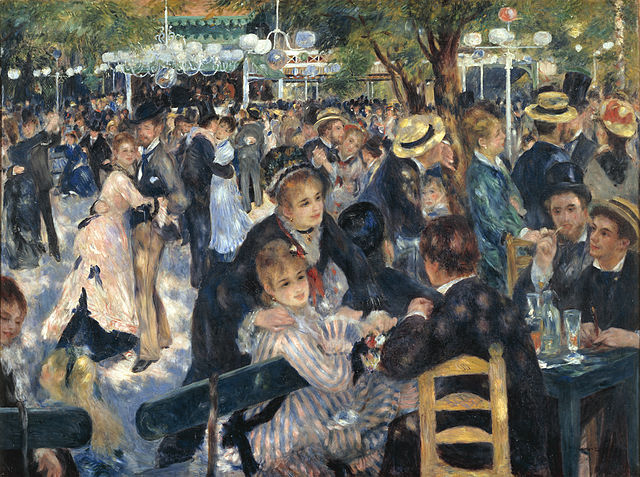Impressionism vs Post-Impressionism
Impressionism and Post-impressionism are two distinct styles of painting, each with unique characteristics. Impressionism focuses more on color and the realistic representation of objects, while Post-impressionism is viewed as a counter-movement to Impressionism, emphasizing a more structured approach to painting that values symbolic content. Despite their differences, both artistic movements are highly regarded and have produced many talented artists.
What is Impressionism?
Impressionism is an art movement that diverged from traditional art forms by drawing inspiration from contemporary landscapes and city life rather than history or mythology. In fact, Impressionist paintings were typically completed outdoors, and the artists were known to work quickly. Impressionist painters preferred small, firm brushstrokes, resulting in softer edges in their paintings. The movement is credited with paving the way for other art styles, including Cubism and Fauvism. Impressionist painters tended to focus more on the subject rather than emotion or sentiment, emphasizing the importance of the subject’s “heat” and its portrayal in their paintings. Well-known Impressionist painters include Frédéric Bazille, Edgar Degas, Claude Monet, Berthe Morisot, Camille Pissarro, Auguste Renoir, Alfred Sisley, and Mary Cassatt.
What is Post-Impressionism?
Post-impressionism developed as a response to Impressionism, and it is credited with laying the groundwork for modern art. While Post-impressionism shares some similarities with its predecessor, it favors a more structured approach to painting that values symbolic content. Post-impressionist painters placed particular emphasis on geometric forms and often completed their work in studios. They also took longer to finish their pieces compared to Impressionist painters. Another key difference between the two movements is the emphasis on emotion: Post-impressionist painters placed great importance on the emotional aspects of human behavior, resulting in paintings that are rich in emotion and sentiment. These artists were more concerned with symbolic content rather than the subject’s appearance. Famous Post-impressionist painters include Paul Cézanne, Paul Gauguin, Vincent van Gogh, and Georges Seurat.
Key Takeaways
- Impressionism focused on color and realistic representation, drawing inspiration from contemporary landscapes and city life, while Post-impressionism emphasized structure and symbolic content in paintings.
- Impressionist paintings were typically completed outdoors and quickly, while Post-impressionist paintings were completed in studios and took longer to finish.
- Emotion and sentiment played a significant role in Post-impressionist paintings, whereas Impressionist painters concentrated more on the subject itself.
